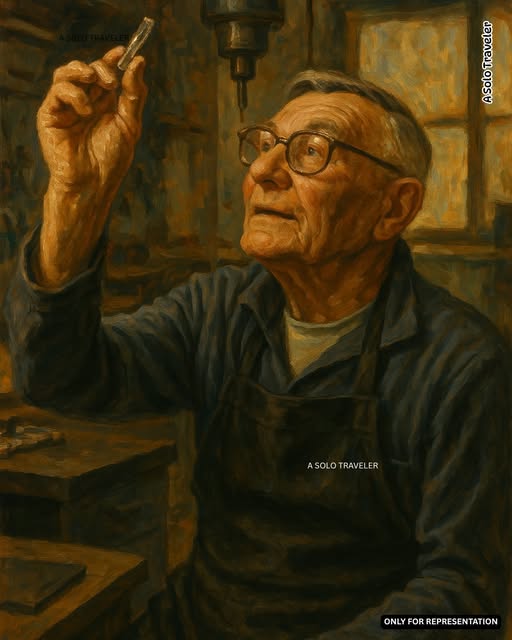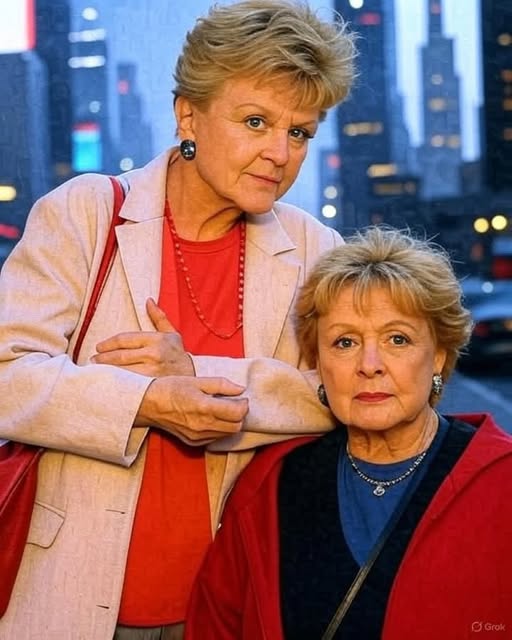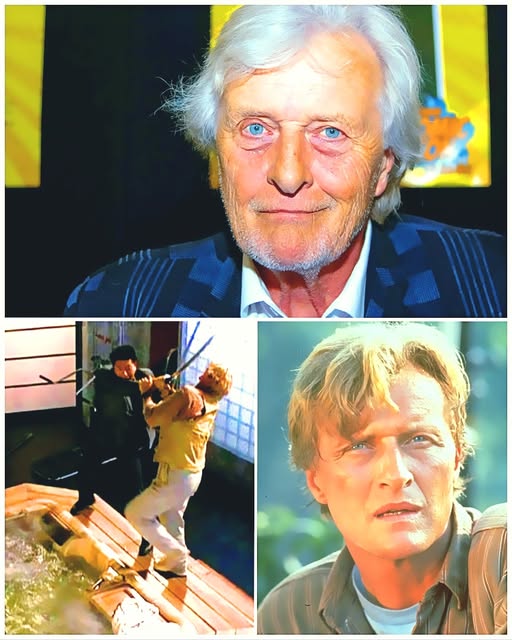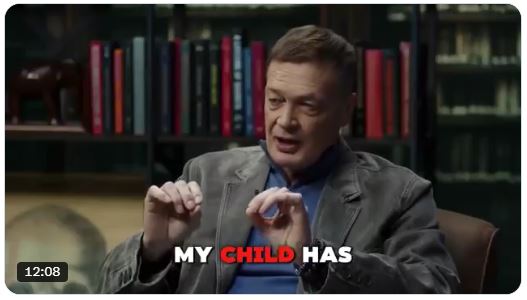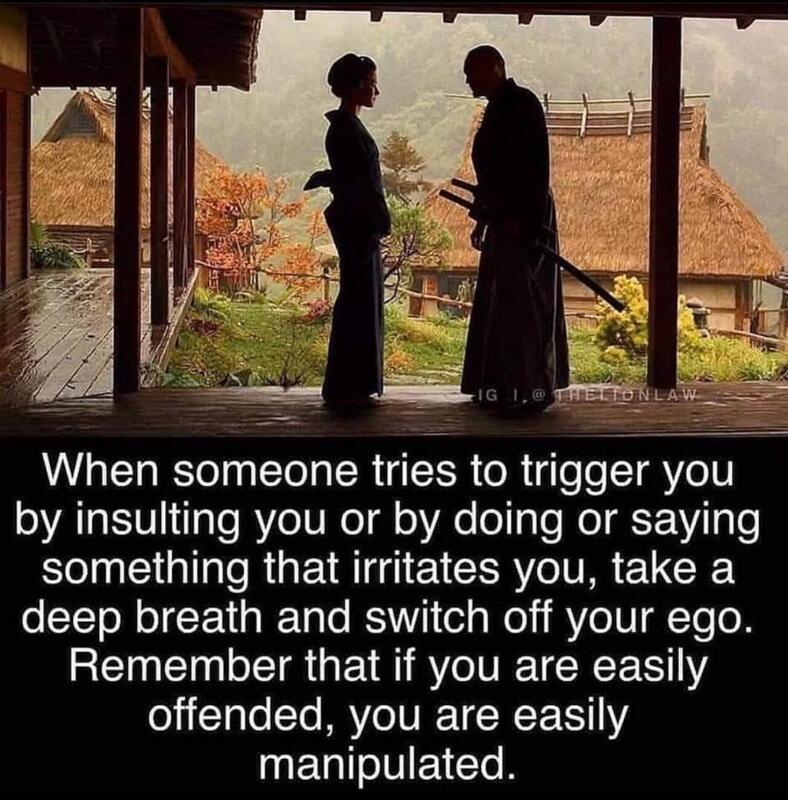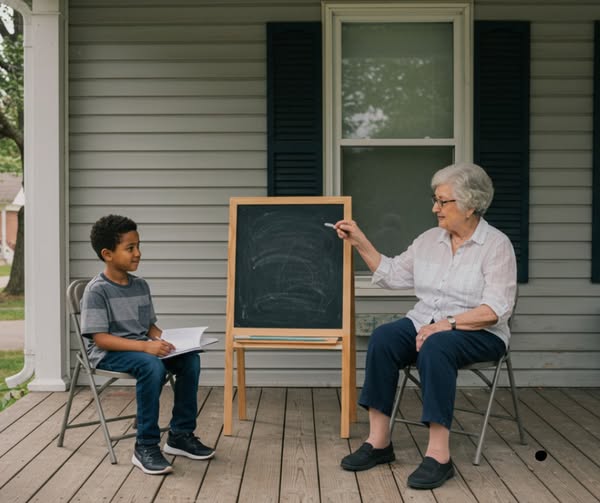
“Every afternoon, 68-year-old Kathy set up two folding chairs and a chalkboard on her porch. Rain or shine, she’d write, “Homework help. Free. All ages.” Her neighbors in the quiet town of Cedar Hills thought she was wasting her retirement. “Kids today have tutors and iPads,” muttered Mrs. Jenny, watering her roses. But Kathy had a reason. Her husband, a former principal, had passed last year, leaving her his favorite quote “A mind left untaught is a door left unlocked.”
The first visitor was Manny, a 9-year-old who’d missed three weeks of school after his dad lost his job. “I don’t get fractions,” he mumbled, kicking a pebble. Kathy handed him a cookie and drew a pizza on the chalkboard.. “Let’s split it into slices. Your turn.” By sunset, Manny was grinning. “So that’s how it works!”
Word spread slowly. A single mom, working nights at the hospital, left her daughter Lily with Kathy. A shy teenager, Jake, slunk over to “borrow notes” but stayed to learn poetry. Kathy’s porch became a mosaic of mismatched chairs, dog-eared textbooks, and laughter. Retired engineers taught algebra. A former librarian read stories aloud. Even Manny’s dad joined, brushing up on Excel for job interviews.
Then came the letter.
“CEASE & DESIST. Unlicensed educational activity.”
The town council called it a “safety hazard.” Kathy’s son begged her to quit. “You’re risking fines!”
The next morning, 30 kids and parents crowded Kathy’s lawn, holding protest signs, “Our brains need her!” “Where’s the harm in kindness?” A local reporter filmed Jake reciting a poem he’d written, “Her porch is our castle. Her chalkboard, our shield.”
The council caved. Sort of.
“You can use the old rec center. But no budget. Fix it yourself.”
Volunteers transformed the crumbling building. Teens painted murals of books. Carpenters built desks from donated wood. A grandmother knitted cushions. They called it “The Open Door Learning Center.” Teachers donated supplies. Parents traded shifts for snacks.
Last week, Lily won a statewide essay contest. Her topic? “The lady who unlocked my world.”
Kathy still sits on her porch some days, sipping tea. The chalkboard now reads, “Knowledge is a seed. Plant it anywhere.”

